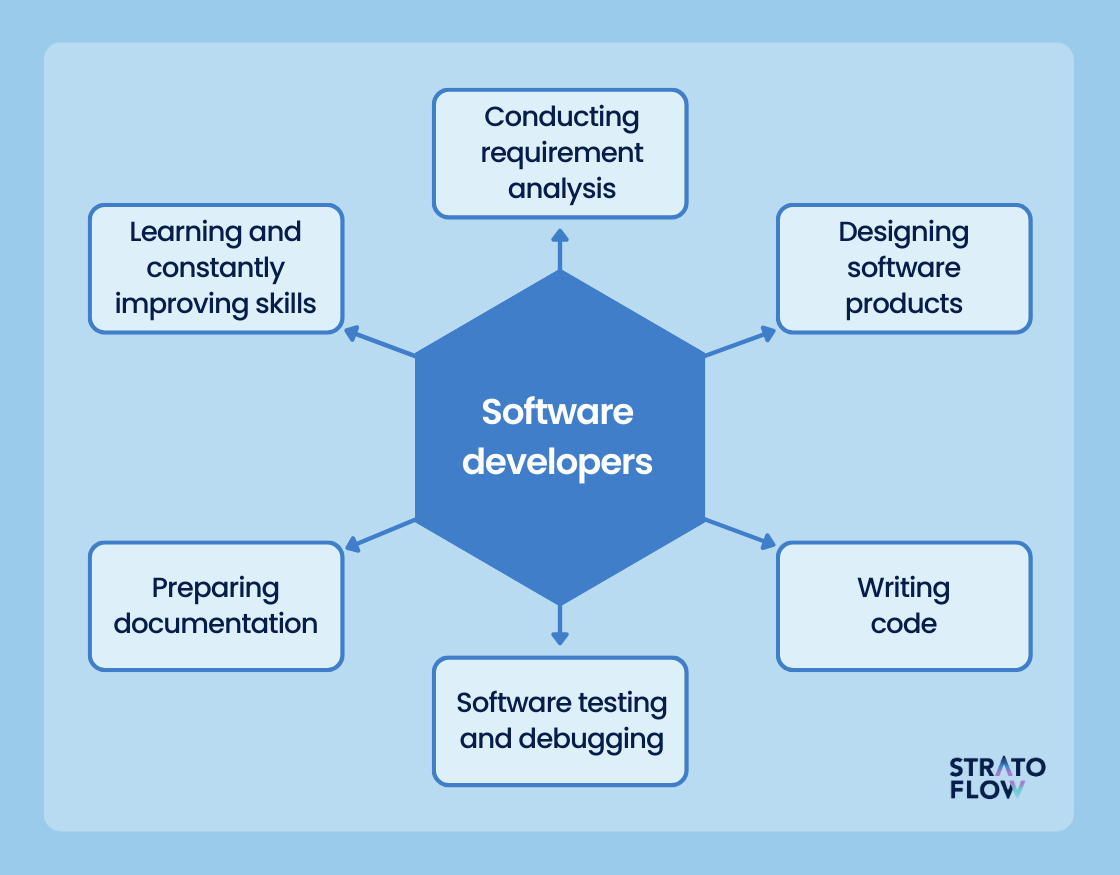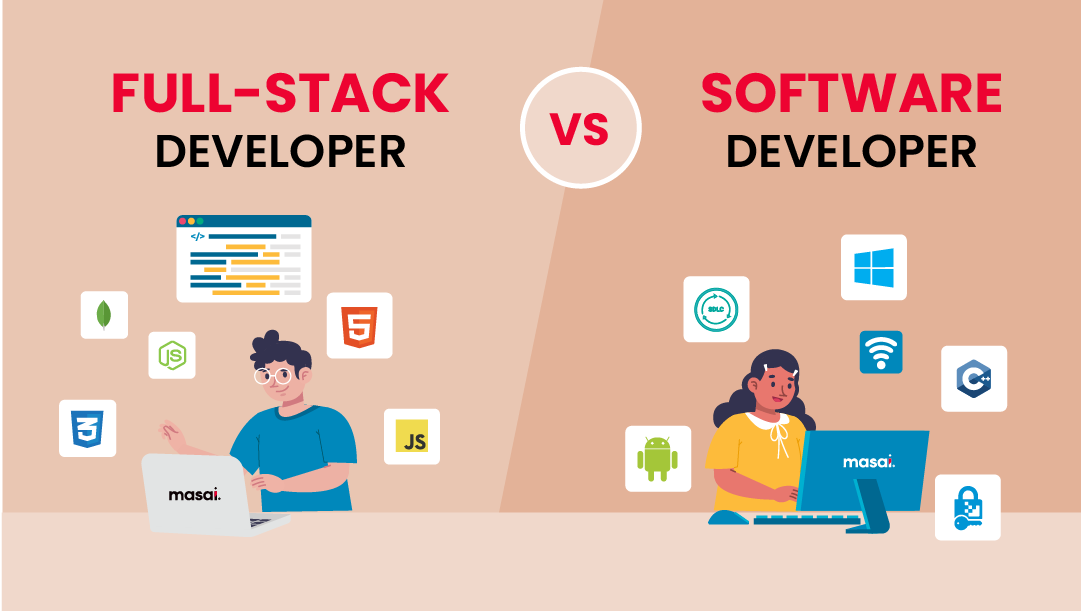Improve Your Projects with Efficient Software Development Staff Augmentation
Improve Your Projects with Efficient Software Development Staff Augmentation
Blog Article
Committed Developers vs. In-House Teams: Which Is Right for You?
The choice between making use of dedicated designers and maintaining an in-house team is a considerable one that can impact the trajectory of your tasks and total organization strategy. Alternatively, internal teams contribute to a cohesive business society and a nuanced understanding of long-term objectives.
Comprehending Committed Programmers
The growing need for specialized skills in the tech market has caused the emergence of committed developers as a sensible solution for numerous companies. These professionals are generally gotten on a project basis, allowing business to utilize details know-how without the long-lasting dedication related to full time hires. Devoted designers are often ingrained within a customer's group, providing versatility and scalability to meet job requirements.
This design permits companies to access a global talent swimming pool, which is especially helpful in a swiftly progressing technical landscape. Dedicated developers can be sourced from different geographical areas, making sure that business can locate the appropriate ability established at competitive prices. They typically bring a wealth of experience and expertise, having dealt with varied tasks throughout different markets.
Moreover, committed programmers can concentrate solely on the tasks at hand, improving productivity and efficiency. They are furnished to integrate effortlessly into existing process, collaborating closely with in-house teams to achieve task purposes. This method not only decreases the burden of recruitment and training however likewise permits organizations to stay nimble, adjusting quickly to changing market needs and technological advancements.
Benefits of In-House Teams

Furthermore, in-house teams tend to have a deeper understanding of the company's mission, worths, and goals. This alignment can enhance employee engagement and motivation, as staff member really feel extra attached to their job and the company's success. Furthermore, having a specialized internal team enables better placement of purposes and methods, as these members are continually concentrated on the business's concerns.
In-house groups also facilitate quicker decision-making procedures, as they can react a lot more quickly to changes and challenges. The well-known connections and familiarity with firm methods enable streamlined operations and minimized miscommunication. Eventually, the combination of a natural culture, alignment with business goals, and efficient communication makes internal teams a valuable property for numerous organizations, specifically those wanting to cultivate long-lasting growth and technology.
Expense Factors To Consider
When examining cost factors to consider, both in-house groups and dedicated designers existing unique economic implications for companies. Engaging devoted programmers typically entails a pay-per-project or hourly price version, which can be affordable for organizations with varying task needs. This approach enables adaptability in scaling sources up or down, guaranteeing that business just spend for the services they need.
In comparison, internal teams involve taken care of prices, including incomes, benefits, and overhead expenditures such as workplace space and equipment. While this design supplies better control and immediate accessibility of sources, it might bring about higher long-term expenses, particularly if the workload does not validate a full time team.
Furthermore, business should consider the hidden costs associated with recruitment and training of internal staff members, which can additionally stress budget plans. In many cases, the time and resources invested in handling an internal group can interfere with the organization's core service purposes.

Task Management and Adaptability
Job monitoring straight from the source and adaptability are critical factors that influence the choice between specialized designers and internal groups. Devoted groups commonly have actually developed procedures for handling jobs successfully, leveraging details methodologies like Agile or Scrum, which help with iterative progress and flexibility.

Ultimately, the option in between dedicated designers and internal teams rests on the preferred degree of flexibility and the particular job monitoring requirements. Business need to review their operational dynamics, project Extra resources complexity, and source schedule to determine which alternative lines up best with their calculated purposes.
Making the Right Choice
Picking the ideal advancement approach-- dedicated programmers or internal teams-- calls for a cautious assessment of numerous elements that align with a firm's strategic goals. On the other hand, internal teams can provide far better continuity and integration with existing employees.
Next, review your budget plan. Dedicated designers usually offer an economical solution for temporary projects, while internal teams might incur higher lasting costs as a result of incomes, advantages, and overhead prices. Evaluate the degree of control and collaboration preferred; internal teams commonly promote more powerful communication and positioning with firm culture.
If immediate results are required, specialized designers can be onboarded quickly, whereas constructing an internal group takes time for employment and training. If continual growth is essential, spending in an internal group might generate better returns over time.
Verdict
In verdict, the decision in between in-house teams and committed developers pivots on task requirements and organizational goals. Conversely, in-house teams grow a natural society and deeper positioning with lasting objectives.
The choice between using specialized programmers and maintaining an in-house team is a considerable one that can influence the trajectory of your tasks and overall company method.Task monitoring and flexibility are crucial aspects that affect site here the selection in between committed designers and in-house teams. software engineering staffing.In comparison, internal groups may stand out in preserving a constant job administration framework due to their familiarity with the organization's culture and long-term objectives. Committed programmers usually offer a cost-efficient remedy for temporary jobs, while in-house teams might sustain higher long-term expenditures due to wages, advantages, and overhead costs.In verdict, the choice between devoted developers and internal groups hinges on project requirements and business goals
Report this page